In the retail industry, shelves are an important tool for attracting customers, displaying products, and promoting sales. Therefore, designing shelves from the customer's perspective is crucial as it not only enhances the shopping experience but also increases sales. The following are some key factors to consider when designing shelves:
Understanding the target customer group: Firstly, it is necessary to understand the preferences, shopping habits, and needs of the target customer group. Customers of different ages, genders, and cultural backgrounds may have different needs and purchasing behaviors for products, so shelf design should be adjusted according to the characteristics of the target customer group.
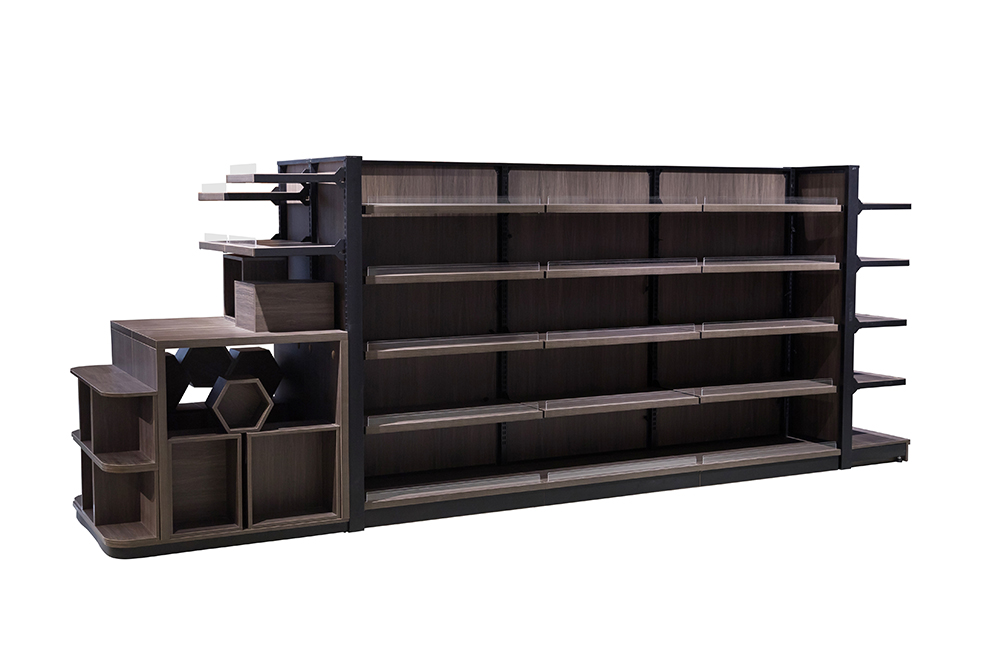
Product display and classification: The display and classification of products on shelves should be concise and clear, making it easy for customers to find the products they need. It can be classified based on factors such as product type, brand, and function, and clear identification and navigation can be set on the shelves to help customers quickly locate target products.
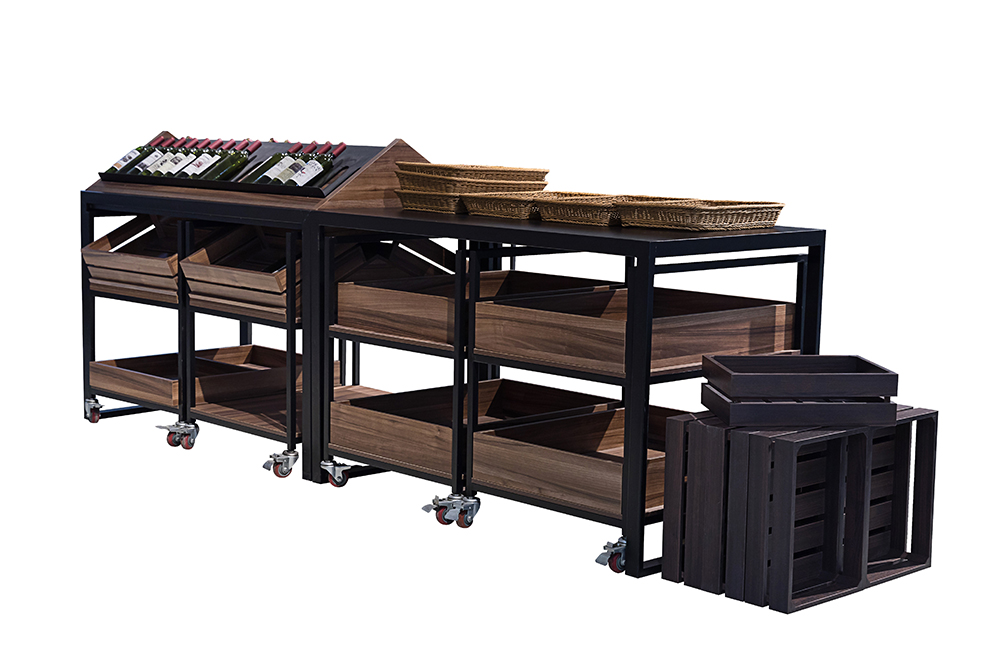
Height and layout: The height and layout of shelves should take into account the customer's visibility and comfort. Commonly used products should be placed in easily accessible locations, while less commonly used or high-value products can be placed in higher or hunched positions to guide customer attention and behavior.
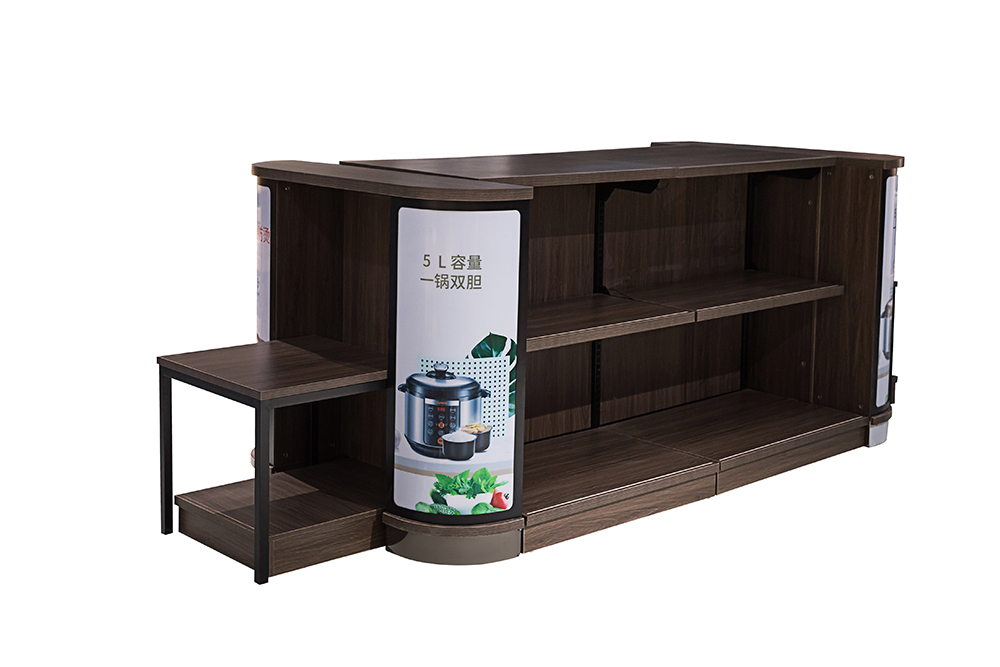
Product display and display techniques: Using attractive product display and display techniques can attract customer attention and promote sales. For example, using bright lighting and vibrant colors to highlight the characteristics of the product, or using specially designed display racks and devices to attract the attention of customers.
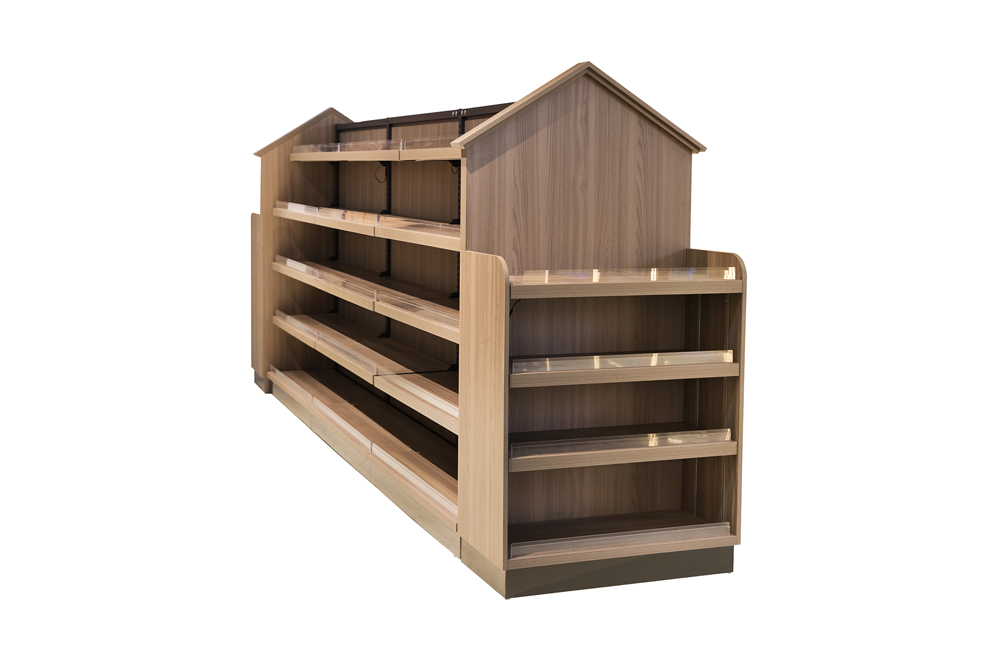
Providing sufficient information: Providing sufficient product information on the shelves is crucial for customers to make purchasing decisions. This includes the characteristics, functions, prices, and promotional information of the product. This information can be provided through tags, price tags, or specially designed information boards to ensure that customers can easily access information about the products they are interested in.

Creating a comfortable shopping environment: In addition to product display and layout, the design of shelves should also consider the shopping experience of customers. Maintaining spacious aisles, clean shelves, and a pleasant atmosphere are key factors in creating a comfortable shopping environment, which can increase customer satisfaction and shopping experience, thereby enhancing their willingness to purchase.

Feedback and improvement: Finally, designing shelves is not static, but requires continuous improvement and optimization based on customer feedback and market changes. Regularly collect customer feedback and adjust and improve shelf design based on feedback to ensure that it always meets customer needs and expectations.
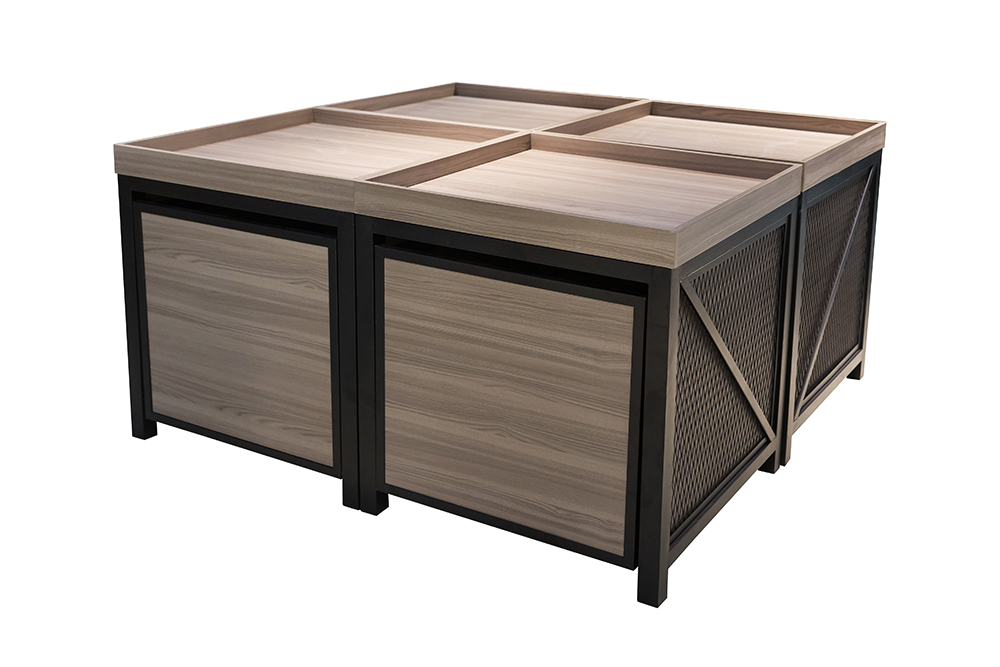
In summary, designing shelves from the customer's perspective is key to enhancing the shopping experience and promoting sales. By understanding the needs of the target customer group, optimizing product display and layout, providing sufficient information, and creating a comfortable shopping environment, we can effectively attract customers, increase their purchasing intention, and ultimately achieve sales goals.